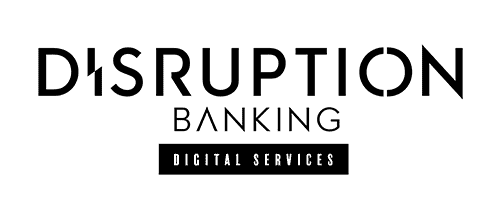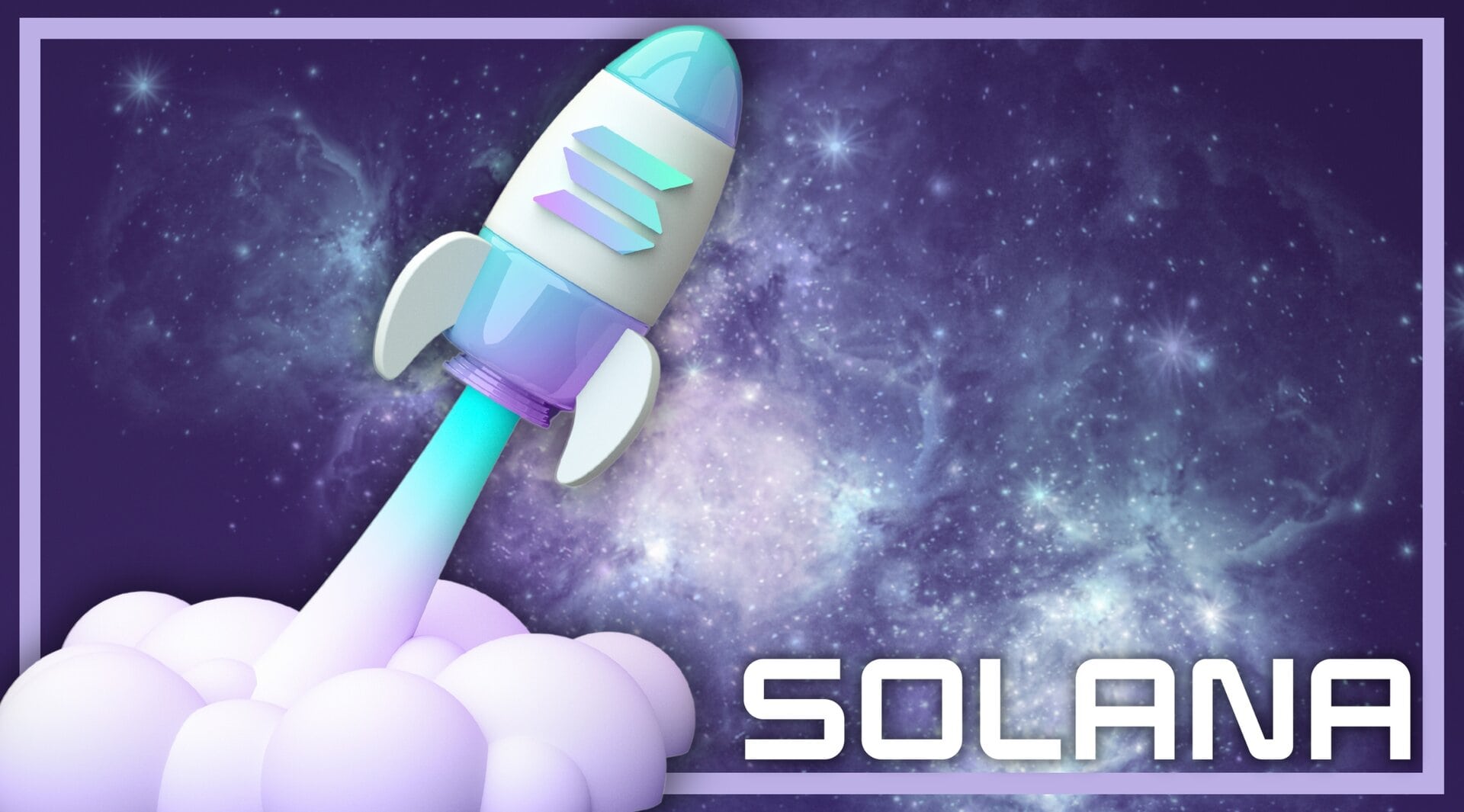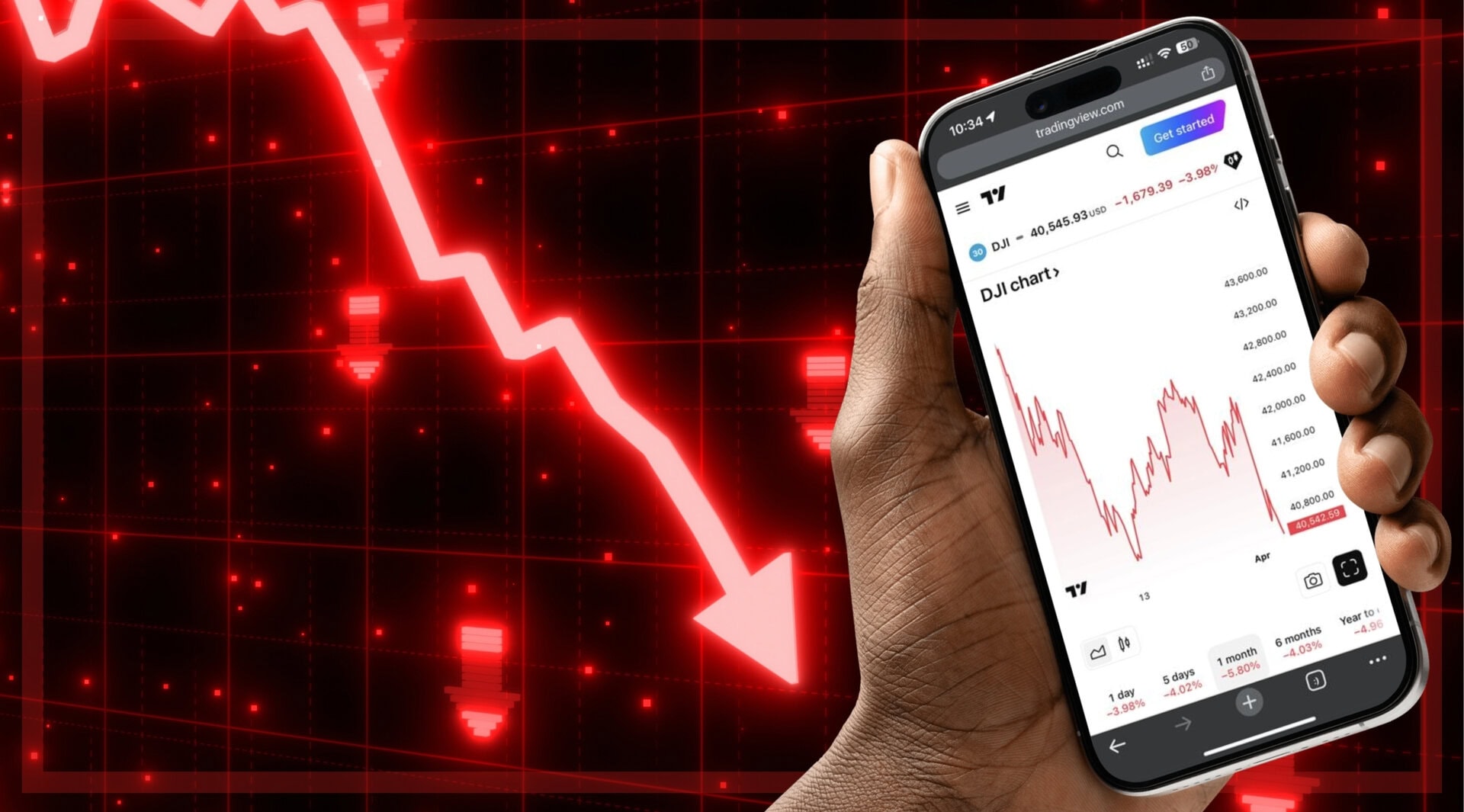As major traditional finance (TradFi) banks are making headlines, crypto platforms are reestablishing themselves after FTX fall out. One of which is Solana, a blockchain platform founded in 2020 by software engineer Anatoly Yakovenko. Alongside Cardano and Orbean Protocol, Solana has been gaining traction on the market despite its slow start, outage issues, and links with the disgraced crypto entrepreneur Sam Bankman-Fried. But why is it unique, is it a true competitor of Ethereum, and why has it previously struggled to gain momentum?
Why is Solana unique?
Solana is a blockchain platform with its own currency, SOL. The platform is run on a Proof of History (PoH) mechanism run by Solana, enabling extremely fast transactions and low transaction costs. This is because it processes crypto transactions as they occur, rather than adding a new block, as is usually the process on other platforms. Comparatively one of the fastest platforms, in terms of transactions per second (TPS), it remains in the top ten cryptocurrencies by market cap. However, it has had over 12 outages and its lack of decentralisation has raised concerns (more on this later). As of writing, Solana’s market cap is $9 billion, and SOL is trading at $22.00.
In 2021, following an influx of NFT demand and popularity, SOL prices rocketed to $204, however dropped dramatically to $9 in 2022 after the hype had worn off. Solana’s focus on NFT trading made it an easy choice for traders as the blockchain embeds NFT licences and unlockable content when minting.
Often compared to the Ethereum blockchain, Solana is scaling rapidly, proving a potential competitor for Ethereum. Both blockchains were built to support decentralised applications (Dapps), which means developers can create their own projects, blockchains, and cryptocurrency tokens using the platform. However, Ethereum is run on Proof of Stake (PoS), making it slower but more sustainable in comparison to Solana’s PoH process. Comparatively, transaction costs for Solana have been consistently low whereas Ethereum’s have been more varied. However, popularity and notably trust has remained consistent with Ethereum, which was founded in 2015 and is viewed as more decentralised than Solana and suffers from fewer outages.
Is Solana actually a centralised platform?
Decentralisation, for the majority of crypto traders, is the fundamental priority of cryptocurrencies. Traders are quick to voice concerns when they see centralisation occur, as was evident when Justin Sun purchased the STEEM blockchain and the community outcry that he was messing with the governance. Some have argued that Solana is not actually decentralised and this has been a polarising factor for traders.
A third of Solana’s top validators control more than 35% of its overall stake. This means these validators can influence Solana’s value based on their market share. They also control how SOL evolves and what upgrades are made in the future. Additionally, the team and investors own a higher percentage of all tokens compared to other top protocols. Due to the quantity of computing power required to run a node, it is also not accessible to the average user. However, there have been arguments for Solana actually being more decentralised that traders may think. Unstoppable Finance argued that Solana’s validator count and Nakamoto coefficient (a measure of a blockchains decentralisation) are higher than other blockchains, making it more decentralised than other platforms.
14/16 Let's focus on dApps and users: Smart contract blockchains exist to enable applications. We’re satisfied with Solana's decentralization and impressed with the growth of its ecosystem and community.https://t.co/6jf1AGHm3j
— Ultimate | Building the #1 DEX Trading Wallet (@UltimateApp) July 25, 2022
What about the outages?
Another issue which has been causing concern is the quantity of outages Solana has had. Since start of trading, Solana has experienced 12 outages, with 5 in 2022 alone. One outage in February this year lasted for over 18 hours. In May 2022, during the second down time, the value of SOL dropped by 12%. The outage in February was put down to a recent update (Version 1.14) with engineers recommending downgrading Solana to its previous release.
Due to backlash from crypto communities about the outages, Anatoly Yakovenko stated on Twitter “stability” would be a key focus for the company in 2023.
2022 priorities were shipping new features and new tools. 2023 is stability. Tldr 1/3 of core eng is going to be focused on stability and adversarial testing. Here’s my thoughts. https://t.co/Z6pR9hhYbP
— toly 🇺🇸 (@aeyakovenko) March 1, 2023
Solana’s links to FTX also impacted its growth. SBF invested into the Solana ecosystem and integrated the two together through investing in Solana’s projects, including the Serum exchange, a DeFi platform. The Solana Foundation outlined in a blog post that it had millions of investments in FTX stuck after its collapse. Although it is gaining popularity this year, last year Solana’s performance was down 92%, with fears of its stability after FTX bankruptcy.
However, it is proving resilient and is gaining popularity rapidly, without the support of SBF. Solana’s PoH solves node synchronisation, which means that Solana’s speed of transaction processing is considerably bigger than other platforms, averaging approximately 4,000 transactions per second. Its fast processing power could impact the growth of the DeFi ecosystem, as Solana can handle up to 50,000 transactions per second. In addition, its low transaction fees are an attractive option for developers looking to build decentralised applications.
In addition, its projects include Solana Pay, and its infrastructure which supports budding projects is no doubt supporting and expanding the DeFi ecosystem. It is also the only smart contract platform – except Ethereum – with more than one independent validator. However, ensuring stability is key and the prospects of Solana and its support DeFi will be in its due diligence in protecting Dapps and investments.
1/ gm Solana Enjoyers! Today we’ll be taking a dive into Solana Pay, an on-chain payment system built to create a greater merchant-to-consumer relationship by making transactions cheaper, simpler, and more efficient.
— Solana Insiders ☀️🧵 (@SolanaInsiders) March 31, 2022
Deep Dive Thread 🧵 pic.twitter.com/Z0hF4SNfu7
What are the challenges Solana faces?
As Solana grows, there may be further calls for a more distinct decentralised leadership to gain more investors within the DeFi space. In addition, as TPS is what sets Solana apart from other platforms, ensuring this remains consistent will also be a contributing factor to its success. There will also be a lot more pressure on Solana to reduce its carbon imprint. The Solana Foundation released a third-edition report of energy usage that showed: “the network’s overall emissions rose roughly 26 per cent during the past six months driven by overall growth in the validator network and the addition of hardware production (e-waste) emissions in the analysis.”
To combat this going forward, Solana has said they are working towards “compressed NFTS which will make it possible to mint 8 to 10 NFTs in a single transaction.” The doubling of transaction size will increase the per-block efficiency of the chain and enable the network to accomplish more in a single transaction for a minimal increase in computing power. However, Solana has said this release won’t directly impact emissions per transaction but “it will improve the throughput of the network and require less computing power to be used for a given set of transactions.”
Solana seems to be proving a strong competitor for Ethereum and establishing itself within the crypto space but the question is will it listen to its community and continue to work towards further decentralisation and sustainability.
Author: Bronwen Latham
#Solana #SOL #PoH #Crypto #FTX















